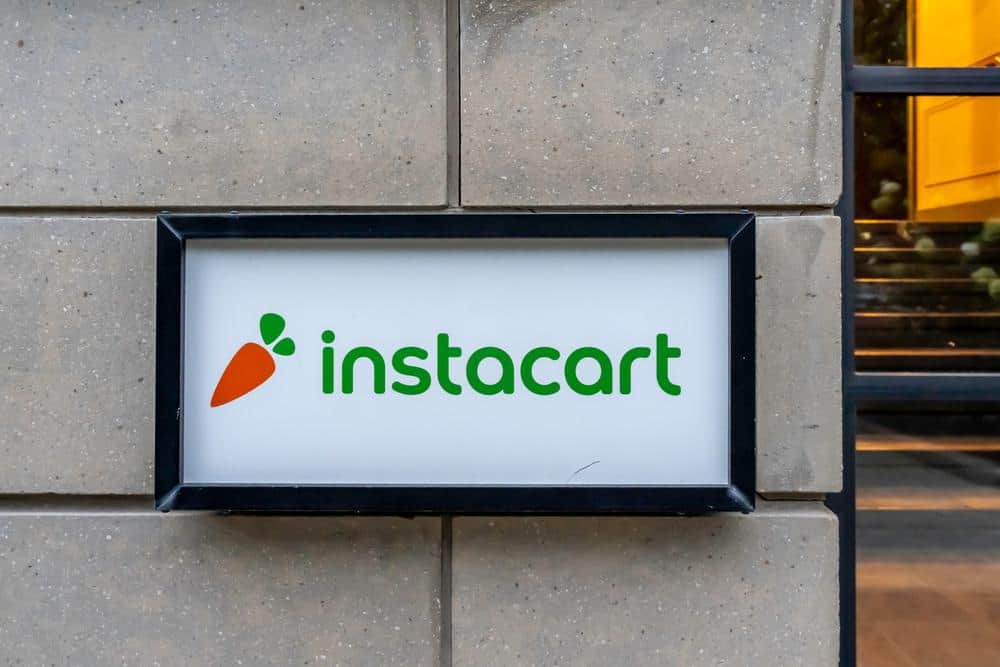
In today’s digital age, cyber threats are an ever-present concern for online users and companies alike. With the rise of online grocery delivery services like Instacart, it’s vital to understand how to protect your account and what to do if it’s hacked. This in-depth article will guide you through the signs of a hacked account, the immediate steps to take if you suspect a hack, and how to safeguard your personal information.
If your Instacart account is hacked, immediately change your password and contact Instacart’s customer support. Monitor your bank and credit card accounts for any unauthorized transactions and report any suspicious activity. Update any personal information that may have been changed by the hacker in your Instacart account settings. To protect your account, use strong, unique passwords, change them regularly, monitor your account activity, be cautious with emails, and secure your email account.
Recognizing the Signs of a Hacked Instacart Account
The first step in dealing with a potential hack is recognizing the signs. Indications that your Instacart account may have been compromised include:
- Inability to access your account
- Unexpected password changes
- Unauthorized transactions or orders
- Emails from Instacart about new device access
If you notice any of these signs, it’s crucial to take immediate action.
Immediate Steps to Take If Your Instacart Account Is Hacked
If you suspect that your Instacart account has been hacked, follow these steps:
- Change your password: Go to the Instacart “Forgot Password” page and enter your email address to receive a link to reset your password. Make sure to create a strong, unique password that you don’t use on any other website.
- Contact Instacart support: Reach out to Instacart’s customer support through their contact page or call them at 1-888-246-7822. Inform them about the suspected hack and ask for assistance in securing your account.
- Monitor your bank and credit card accounts: Keep an eye on your bank and credit card accounts for any unauthorized transactions. If you notice any suspicious activity, contact your bank or credit card company immediately to report the issue and potentially freeze your card.
- Update your account information: If any of your personal information has been changed by the hacker, update it in your Instacart account settings.
- Be cautious with your personal information: Avoid sharing sensitive information through unsecured channels and be wary of phishing attempts. Always double-check the legitimacy of any emails or messages you receive related to your Instacart account.
Protecting Your Personal Information
Here are some additional preventive measures to protect your personal information:
- Use strong, unique passwords: Create a unique password for your Instacart account that you do not use on any other websites or apps. This can help prevent unauthorized access to your account through credential stuffing attacks.
- Change passwords regularly: Update your Instacart password periodically to reduce the risk of unauthorized access.
- Monitor your account activity: Keep an eye on your Instacart account for any suspicious activity, such as unauthorized orders or changes to your personal information.
- Be cautious with emails: Be wary of phishing emails that may appear to be from Instacart but are actually attempts to steal your login credentials or personal information.
- Secure your email account: Since your email is typically linked to all your online accounts, make sure to secure it with a strong, unique password and enable 2FA if available.
Instacart’s Response to Hacking Incidents
Instacart takes security incidents seriously. In the event of a hack, the company investigates the issue, determines the cause, and takes proactive measures to protect user accounts and data. They also contact affected customers and require them to update their passwords.
While Instacart currently does not offer two-factor authentication, it does employ multiple layers of security measures to maintain the integrity of customer accounts and data.
Conclusion
With the rise of cyber threats, it’s more important than ever to safeguard your online accounts. By recognizing the signs of a hacked account, taking immediate action if you suspect a hack, and employing preventive measures, you can protect your Instacart account and personal information from potential threats.
Frequently Asked Questions
What is credential stuffing?
Credential stuffing is a type of cyber attack where hackers use stolen account credentials (like usernames and passwords) from one site to gain unauthorized access to accounts on other sites. This is why it’s recommended to use unique passwords for each of your online accounts.
What is two-factor authentication (2FA) and why is it important?
Two-factor authentication (2FA) is an extra layer of security used to ensure that people trying to gain access to an online account are who they say they are. It typically involves a second step after entering your password, like a code sent to your phone. This makes it harder for potential intruders to gain access, even if they have your password.
How often should I change my Instacart password?
While there’s no set rule, it’s generally a good practice to change your passwords every three to six months. However, you should definitely change your password immediately if you suspect your account has been compromised.
What should I do if I receive a phishing email pretending to be from Instacart?
If you receive a suspicious email claiming to be from Instacart, do not click on any links or download any attachments. Instead, report the email to Instacart’s customer support and delete the email from your inbox.
What does Instacart do to protect my personal information?
Instacart employs multiple layers of security measures to protect user data, including encryption and secure databases. In the event of a security incident, they investigate the issue, take steps to secure accounts, and notify affected customers.












